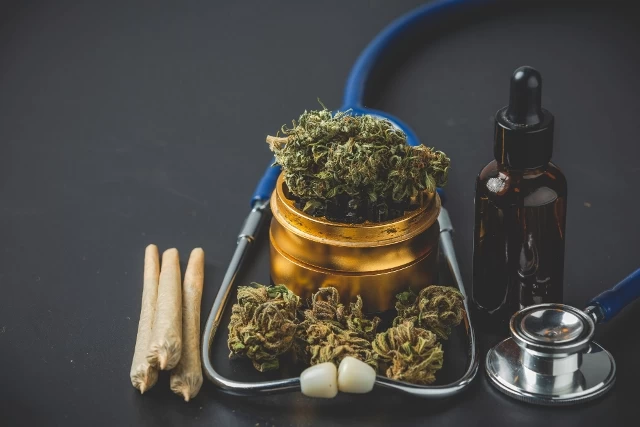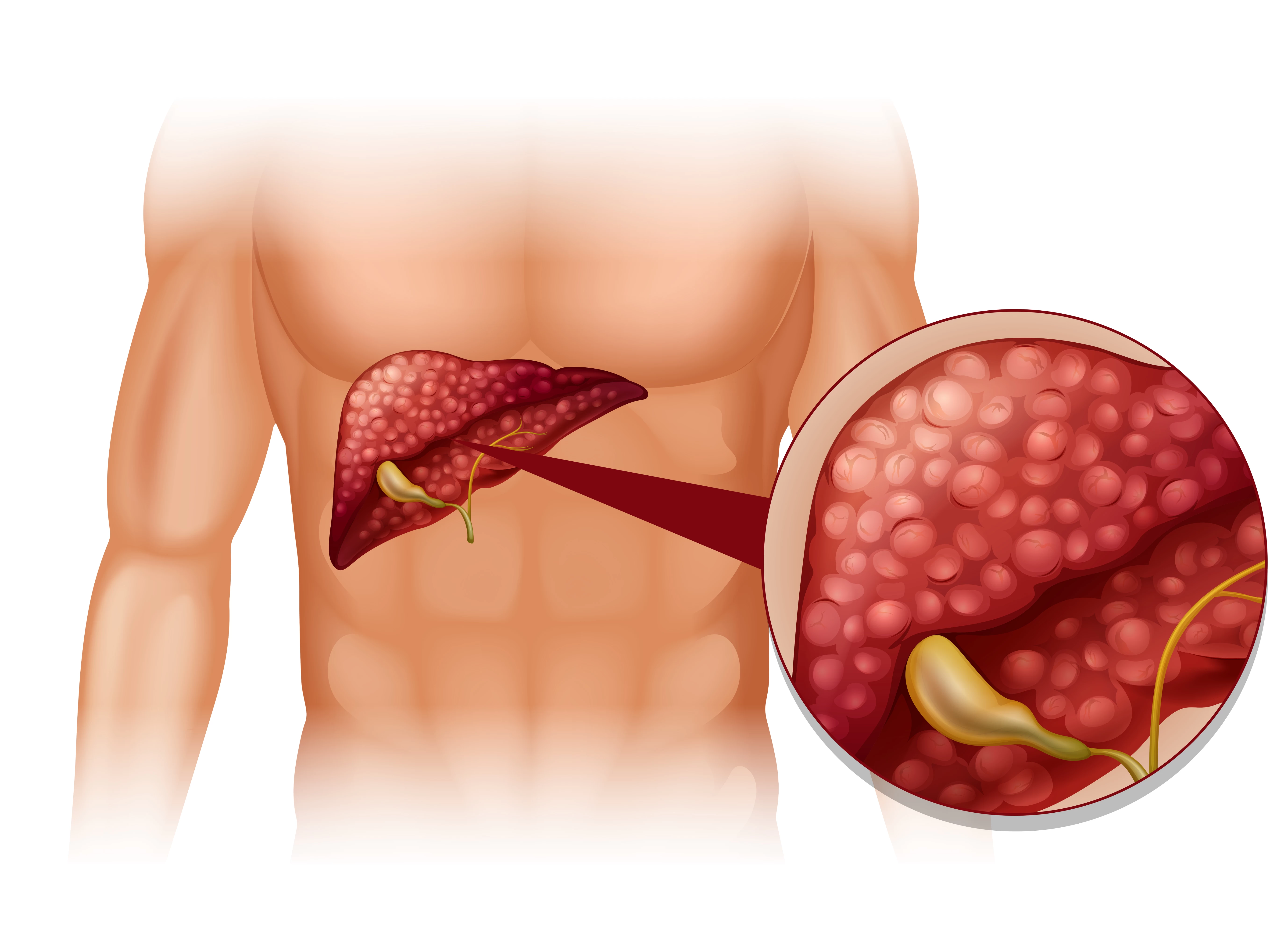
Nature's Healing: Phytotherapy
- Nature's Healing: Phytotherapy
- What is Phytotherapy?
- How is Phytotherapy Applied?
- Which Plants are Used in Phytotherapy?
- What is the Place of Phytotherapy in Pharmacy and Medicine?
- In Which Diseases is Phytotherapy Used?
What is Phytotherapy?
Phytotherapy is a branch of science that dates back thousands of years and utilizes the healing properties of plants to prevent or treat diseases. It forms the basis for the production of herbal medicines and offers an important option to support our health. Nowadays, an increasing number of people worldwide are turning to natural treatment methods, avoiding chemical drugs.
In short, phytotherapy, also known as herbal therapy, aims to utilize the chemical compounds present in plants to achieve various goals such as disease prevention, healing, health maintenance, vitality enhancement, or strengthening of the body. To achieve these goals, different parts of plants, secretions, essential oils, extracts, resins, waxes, as well as various natural sources like algae and fungi, can be used in phytotherapy.
In phytotherapy, licensing procedures, approvals from relevant authorities, various regulations, safety measures, scientific evidence, and quality standards are involved in the use of herbal remedies. Today, the World Health Organization (WHO) recognizes phytotherapy as a treatment method. Herbal treatment methods have several advantages due to their natural properties, including the potential to provide an alternative to modern medicine, easy accessibility, and affordability. For these reasons, herbal treatment methods are becoming increasingly popular.
Phytotherapy can have effects in various areas, such as strengthening the immune system, reducing stress and anxiety, and regulating the digestive system. By supporting both our physical and mental health, it becomes possible to lead a healthier and more energetic life.
How is Phytotherapy Applied?
Phytotherapy is a scientific discipline with a wide and diverse range of applications. The application method can vary significantly from person to person. The aim of phytotherapy is to provide a personalized treatment approach by considering factors such as the individual's health condition, age, gender, body structure, and the type of plants to be used. Therefore, practitioners of phytotherapy need to be experts who have received scientific education in this field. With its evidence-based and rational approach, phytotherapy has provided concrete data on how plant-based sources exert biological effects. Thus, only experts can determine which person is suitable for which herbal treatment. The following methods can be used in such phytotherapy practices:
• Topical application of plant in the form of creams, lotions, ointments, or different formulations
• Oral administration of plant-based medicines or extracts
• Consumption of plant extracts by brewing them as tea or dissolving them in water
• Application of plant-derived oils on the skin through massage or leaving it on the skin
• Extraction of plant juice while fresh or consuming it directly as a food
• Consumption of a mixture of multiple plants in various forms.

Which Plants are Used in Phytotherapy?
To date, there are around 400,000 identified plant species worldwide, each estimated to contain hundreds of different herbal compounds. While billions of plant compounds that are the subject of or potential candidates for phytotherapy are thought to exist, undiscovered plant species and metabolites should not be ignored. The number of plants used in phytotherapy is quite large, and some of the most commonly known and used ones among the general public include:
• Rosehip
• Echinacea
• Sage
• Yarrow
• Lavender
• St. John's Wort
• Blueberry
• Green tea
• Fennel
• Guarana
• Rosemary
• Lemon balm
• Garlic
• Ginseng
• Ginger
• Aloe vera
• Thyme
• Chicory
• Black grape
• Licorice root
• Mustard, and millions of other plants.
For example, it is known that dandelion can help with detoxification and improve kidney and liver health, while ginkgo biloba is believed to improve cognitive functions and memory. These are just a few examples of the wide range of plants and their potential effects that are used in phytotherapy.
What is the Place of Phytotherapy in Pharmacy and Medicine?
When we look at the composition of plants in general, besides components such as proteins, fats, and carbohydrates, there are various elements that play an important role in plant health and development. These elements are referred to as primary metabolites of plants. Additionally, there are numerous secondary substances present in different structures and quantities in each plant, which do not directly participate in the plant's own life and development. Among these, there are many types of metabolites grouped as phenols, terpenes, alkaloids, and others. These metabolites, responsible for the biological effects of plants on humans and animals, serve purposes such as protecting the plants from herbivores and pathogenic microorganisms, gaining a competitive advantage over other plants, or facilitating pollination for improved reproductive chances. While these compounds can cause lethal harm to some organisms, they can have positive effects on health in others depending on the dosage. Phytotherapy aims to select and use plants containing these components that can be effective in human health and disease prevention. Further scientific studies are needed to determine the efficacy and safety of phytotherapy practices in the treatment of specific diseases. Phytotherapeutic applications provide significant benefits, particularly in conditions such as headaches and migraines, respiratory tract diseases, dermatological issues, hypertension, hormonal problems, digestive system disorders, gynecological conditions, cancers, and diabetes. Problems like pain relief, healing insect bites, alleviating cough and sore throat have been traditionally treated with phytotherapeutic practices for centuries. Phytotherapy is commonly used not only for treating diseases but also for disease prevention. There are many plant-based compounds that offer various benefits such as strengthening the immune system, reducing the risk of cancer, and enhancing resistance against infections. The appropriate use of these compounds, under the guidance of phytotherapy experts, has a significant impact on improving overall health and reducing the likelihood of falling ill."

In Which Diseases is Phytotherapy Used?
• Respiratory Tract Diseases: Herbal treatment methods are highly effective, particularly in respiratory tract diseases. Plants such as sage, thyme, chamomile, nettle, fennel, and ginger are commonly used in the treatment of diseases like cough, bronchitis, and asthma. The compounds found in these plants possess cough-suppressing, expectorant, and bronchodilator properties. They also assist in reducing inflammation in the body due to their antioxidant characteristics.
• Digestive System Disorders: Digestive system disorders such as stomach pain, indigestion, bloating, and constipation can be treated with phytotherapy. The use of plants like peppermint, chamomile, ginger, thyme, fennel, and parsley can help alleviate digestive system problems. The specific compounds found in these plants can balance stomach acid levels and effectively address issues like indigestion and bloating.
• Sleep Problems: Sleep problems are a common issue faced by many people today due to stressful living conditions, busy work schedules, and physical discomfort. Phytotherapy methods can be highly effective in addressing such problems. The use of plants like lemon balm, chamomile, lavender, linden, and fennel can help prevent insomnia and promote better quality sleep.
• Cancer: Cancer has been on the rise in recent years, becoming one of the most feared diseases worldwide. Many cancer treatments can be successfully carried out through traditional medical methods. However, these treatments may have certain side effects. Therefore, alternative medicine methods like phytotherapy are increasingly being preferred for cancer treatment. Phytotherapy in cancer treatment involves the use of various plants and herbal products. It is believed that these plants can affect cancer cells, halt tumor growth, and induce the death of cancer cells. Plants such as ginseng, turmeric, green tea, garlic, ginger, and beetroot are among those believed to be effective in cancer treatment. Utilizing these plants in cancer treatment can help reduce the side effects of chemotherapy and radiation therapy. However, phytotherapy should not be the sole method used in cancer treatment. It should be employed as a complementary method alongside traditional medical approaches. Phytotherapy should be carefully administered to contribute to cancer treatment.
• Dermatology: Some dermatological conditions have a chronic course, leading to a higher inclination towards traditional and complementary treatment methods. Herbal treatments for skin conditions can be applied topically or systemically. Different parts of plants are used; such as leaves, flowers, roots, etc. The usage methods of plants for skin conditions also differ: some are used in preparations (juices, oils, extracts, etc.), while others have obtained drug licenses. An excellent example of a drug license is colchicine used in Behçet's disease. The contents of herbal products without drug licenses are not standardized. The compounds present in plants can vary depending on the geography or climate in which they grow. Consequently, side effects may be more common, ranging from mild to severe. Some examples of dermatological conditions where phytotherapy can be used include acne, psoriasis, vitiligo, verruca vulgaris, oral ulcers, itching, alopecia areata, scabies, and lice infestation. Preferred plants for acne treatment may include thyme, Isparta rose, basil oil, green tea, and tea tree oil. Aloe vera, khellin, capsaicin may be considered for psoriasis, while plants like vitex agnus-castus, local melon, khellin, green tea, and capsaicin may be considered for vitiligo and verruca vulgaris and condyloma acuminatum may be treated with podophyllin. Additionally, colchicine for Behçet's disease, thyme for oral ulcers and stomatitis, wheat bran for itching, garlic extract for alopecia areata, and pyrethrins for scabies and lice infestation can be used.
Some products may be available for sale in herbal stores or supermarkets despite not being approved by the Ministry of Health or other specific authorities. In such cases, it can be observed that even plants with uncertain content and no scientifically proven effects or benefits are marketed with various health claims. Indiscriminate use of such plants can easily lead to toxic effects and potentially fatal consequences. Therefore, if you have a health problem that can be treated with phytotherapy or if you generally wish to improve your health through natural means, it is recommended to consult with your physician and a phytotherapy specialist."





